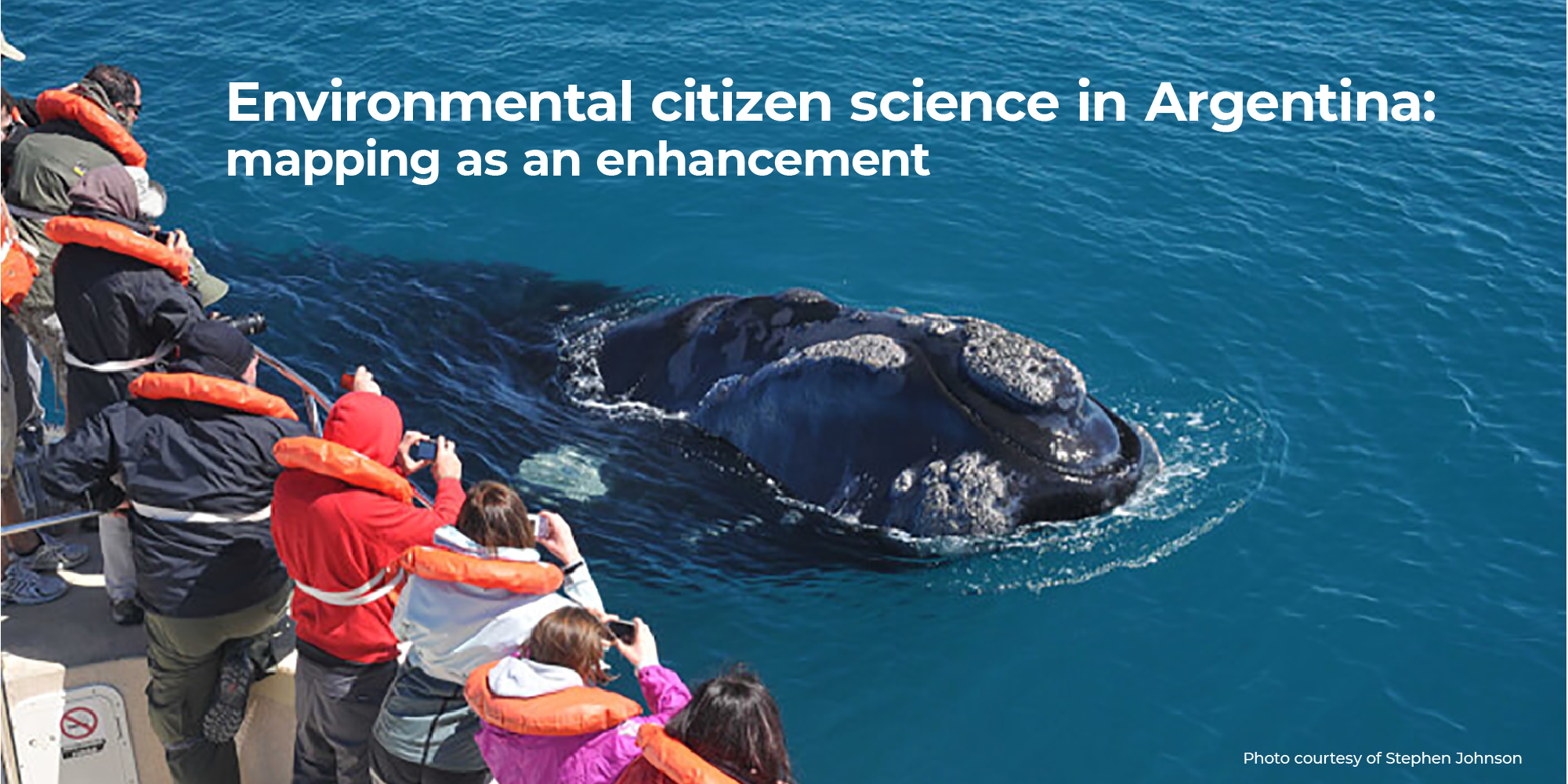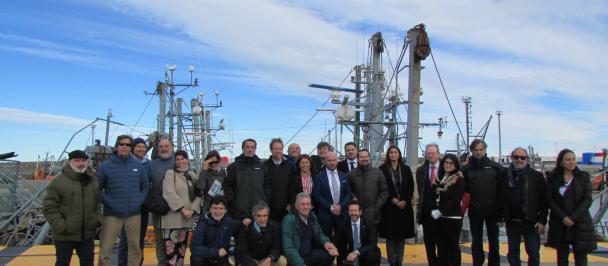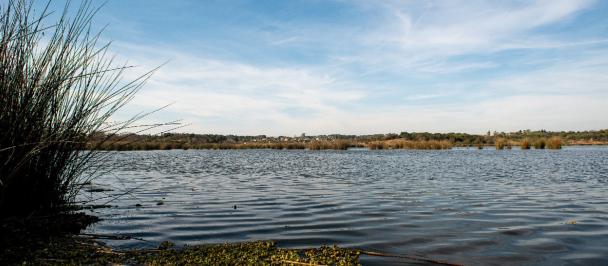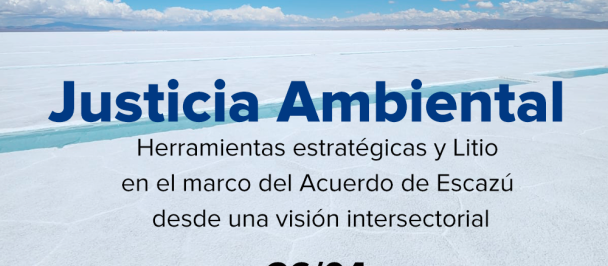Argentina has an extremely rich ecosystem of citizen science, and environmental projects represent one of its greatest expressions. Photo: CO-LabAr - UNDP AccLab Argentina.
By Ma. Verónica Moreno -Head of Solutions Mapping AccLabUNDPArg @mveronicamoreno
Collective and open knowledge building as a principle; mapping as a result
Is formal training needed to become a subject-matter expert? The answer is no. Knowledge building may come from knowledge that arises from experience in an issue, but it may also be a collective task open to every person willing to take part in it. Anyone may contribute to a better understanding of a problem and perform scientific tasks, such as asking questions, observing the surroundings, making measurements, etc. That is what citizen science is all about.
Argentina has an extremely rich ecosystem of citizen science, and environmental projects represent one of its greatest expressions. The Mapping of Environmental Citizen Science, co-created by the Accelerator Lab of UNDP Argentina and the Argentine Ministry of Science, Technology, and Innovation (MINCYT), wants to make them known and highlight the social value of citizen participation.
Mapping involves rescuing what is being implemented in the territories to assess its potential for replication or growth. It also entails the task of finding what people develop and value, instead of focusing on what should be solved. The projects included address several topics: i) environmental monitoring (air, water), ii) vector-borne diseases (mosquitoes, kissing bugs known as vinchucas, rodents), iii) biodiversity, iv) urban solid waste, v) agriculture, and vi) open science with drones, among others. Some initiatives are global and are developed in Argentina, others are national and even regional and/or local. The different projects are classified as contributory (citizens participate in data collection), collaborative (citizens participate in data collection and analysis), or co-creative (citizens are involved across the entire research process).
We know, from our own experience, that there are initiatives within the mapping that have the potential to grow or inspire different types of social actors to join existing ones or develop similar practices. Hence, we want to appeal to people mobilized by the environmental cause, to organized communities seeking to better understand and address the problems affecting them, and to governments needing evidence to define lines of action.
Environment: the time is now
The climate crisis should call our attention to initiatives that allow us to problematize, study and collect data to promote behavioral changes, encourage intergenerational education where children become agents of change, and/or promote sustainable habits in their homes, influence the agenda, co-create solutions or provide innovative and cost-effective instruments, capable of being used by public policy.
Many initiatives have, among their components, preventive work and/or awareness-raising on various environmental issues. Others work as biodiversity recording tools where widespread citizen participation represents a means to record the wide variety of living beings that inhabit our planet and, therefore, represents a call to care for it, promoting conservation. Its scope can be such that, for example, a researcher of the e-Bird platform said that if he alone had to gather the amount of information contained in the platform, it would take more than 5,000 years of sampling.
This movement is just beginning: we continue mapping and developing citizen science
An active citizen science movement could be revolutionary and have multiple impacts for sustainable development. Just imagine what it would be like to have a critical mass of people, in different places, asking research questions or using or building real-time monitoring tools, early warning systems or collaborative maps linked to the environment in its many aspects, among other possibilities.
We have already identified 30 initiatives of environmental citizen science in Argentina, but we know that there will surely be many more developing on the most varied topics and modalities.
We want to learn about them! We want to learn about you! Join us.

 Locations
Locations



